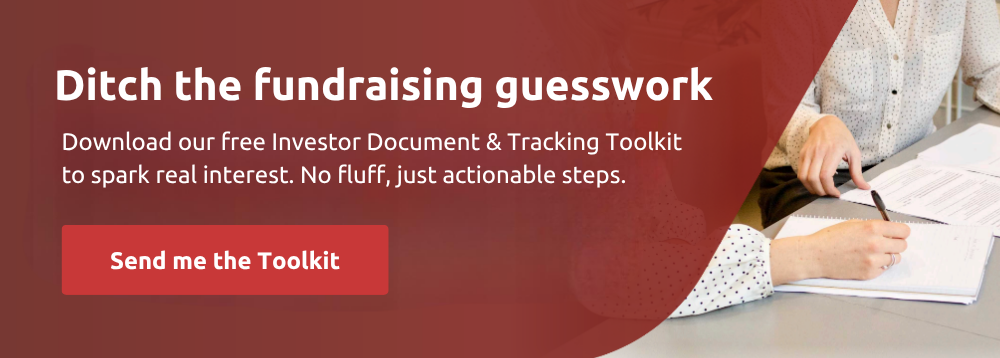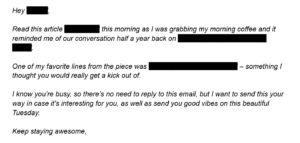A venture capitalist in Palo Alto opened a pitch deck at 11:47 P.M. on a Tuesday. He spent exactly thirty-seven seconds on the first five slides, lingered for nearly eight minutes on the financial projections, then closed his laptop. Three hours later, at 2:53 A.M., he opened it again. This time, he forwarded it to two colleagues. The startup’s founder, monitoring these digital breadcrumbs from her apartment in Singapore, watched the timestamps accumulate like a tracker following footprints in snow. Thanks to document tracking software, she could see her company’s fate being decided in those quiet hours. She knew her next email to the VC would need to stress on the financial figures. And this is how deals now get completed; in the invisible choreography of clicks, scrolls, and shares.
Why Tracking Document Engagement Isn’t Just a Nice-to-Have
Think of document engagement tracking as a form of business intelligence; it doesn’t just satisfy curiosity but helps you make better decisions, faster.
Your sales teams can spot warm leads based on repeat views or extended reading times. Investor relations professionals can identify which potential backers are digging into the numbers. Legal and compliance teams can confirm whether the right people accessed a contract.
In every case, document tracking adds a layer of clarity to interactions that were once invisible. Document tracking tools offer a window into what happens after you hit “send.” They can show who’s reading, how long they’re spending, and what they’re paying attention to. But not all data is created equal. To use these tools effectively, you need to understand which engagement metrics are most valuable, and how to apply them in context.
The Signals Worth Watching
To get meaningful insights from your documents, you need to focus on a core set of metrics that go beyond simple open notifications. These include:
1. Who Viewed the Document
Knowing who accessed your document, and at what time, can surface key behavioral cues. A quick open followed by radio silence might suggest disinterest. Views from multiple stakeholders in the same company could point to internal discussion or decision-making. This information provides useful context for follow-ups, and signals when interest is heating up.
2. Total Time Spent Reading
This is your first indicator of depth. A 10-second skim likely means the recipient wasn’t ready or interested. A few minutes of dwell time suggests the content was worth reviewing. The more time someone spends, the more likely they are to be seriously evaluating the content, and the more you can justify the next conversation.
3. Page-Level Activity
In longer documents like investor decks, sales proposals, or legal briefs, it helps to know which sections got the most attention. Page-level metrics tell you where readers lingered and where they dropped off. Did they read through the financials but skip the case studies? Did they spend time on pricing but breeze past the product overview? These insights can guide your revisions and sharpen future messaging.
4. Repeat Views and Re-engagement
When someone returns to a document, it’s rarely by accident. It may mean they’re preparing to discuss it internally or weighing it against a competing proposal. Track how many times a document has been opened and by whom. A spike in views might signal that a decision is near.
Here’s a handy guide to who on your team should follow up, how, and when.
| Trigger | Owner | Action | Timing |
|---|---|---|---|
| Opened within 1 hour | BD Lead | Follow-up call/email | Same day |
| Reopened 3+ times | CEO | Personal outreach | Within 24 hrs |
| Viewed financials 2+ mins | CFO | Pre-empt investor questions | Next meeting |
| No views after 3+ days | Ops Lead | Soft bump email | Day 4 |
For more insights on engagement signals, read our article: Harnessing Data Rooms and Digital Tools for Fundraising Efficiency
5. Downloads (When Enabled)
A document download may indicate serious intent, or raise concerns about loss of control. If your platform allows downloads, make sure it’s because you want the asset to be downloadable. You should also be tracking who is downloading the files.
From Metrics to Meaning: Turning Data Into Action
Engagement data is only valuable when it leads to better outcomes. A founder might notice that two investors spent 80% of their time on the team and market slides, while skipping the financial model. That could prompt a certain kind of follow-up email. A sales lead might identify that most prospects lose interest halfway through a deck and revise the order of the slides accordingly.
The real value lies in pairing insights with action; whether that’s following up at the right time, refining your materials, or protecting sensitive content.
Choosing the Right Tool for the Job
To recap, if you want to measure engagement meaningfully, you should look for a tool that includes:
- Viewer identification and access logs
- Time-based analytics, including total and per-page views
- Download tracking
- Alerts for key activity (e.g. document reopened, forwarded)
These features ensure that you get actionable insights to inform next steps.
But not every document tracking platform gives you this level of visibility.
Secure, Trackable Sharing: How Digify Helps
Digify is a document sharing platform designed to deliver both security and visibility. It offers real-time tracking that lets you see who opened your document, when they accessed it, and how often they returned. With built-in page-level analytics, you can also easily understand where your viewers spent their time; whether they paused on the financials, skimmed through bios, or skipped entire sections.
The platform also supports smart alerts, so you’re immediately notified when someone engages with your document or when a new stakeholder accesses a file for the first time. For sensitive materials, Digify allows you to set watermarks, expiration dates, and download permissions, ensuring that you stay in control even after you hit send.
It’s a platform trusted by professionals in sales, marketing, legal, fundraising, compliance, and publishing roles, all of whom rely on it to share documents securely and gain valuable insight from every interaction.
“Digify helped me share important and private documents with potential investors in a way that made it easy for them to access our information. Because I could see who had accessed our documents, it also provided me with some intel on level of interest and engagement. I also appreciated the different levels of access it allowed me to give, as well as download permissioning.”
Cynthia Adams, CEO, Pearl Certification
Visibility Changes the Game
As a document owner, you spend a lot of time and effort creating documents. So don’t lose visibility the moment you send them out.
Track who engages with your documents and how, to gain an edge in timing, messaging, and control. Whether you use that insight to close a deal, follow up with confidence, or improve your next draft, the goal is the same: make every document work harder for you.








